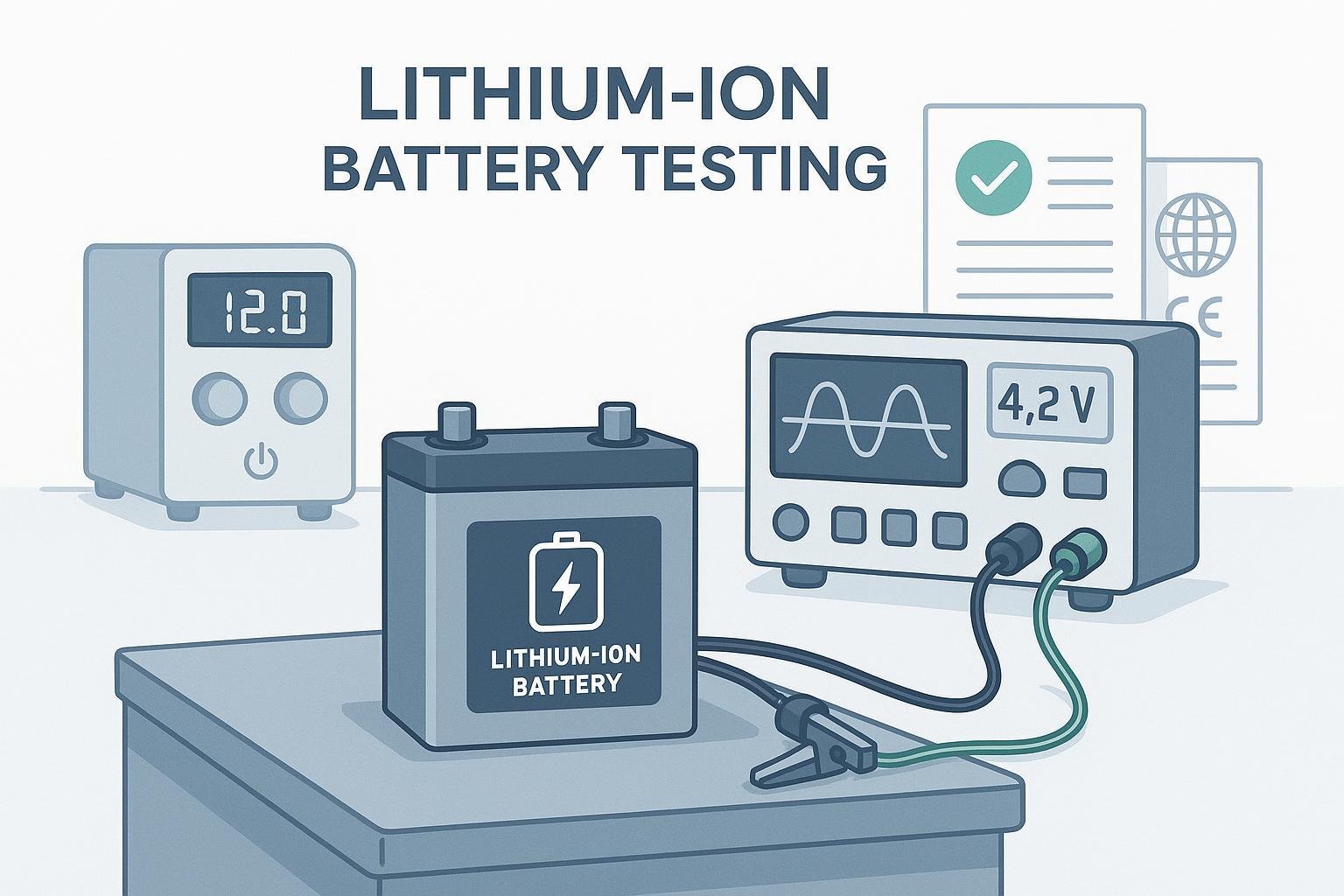
IEC 62133 is an international safety standard specifying requirements and testing protocols for the safe design and use of portable rechargeable batteries, especially lithium-ion and nickel-based cells, widely used in consumer electronics and other portable devices.
In-Depth Explanation
Formally titled “Secondary cells and batteries containing alkaline or other non-acid electrolytes – Safety requirements for portable sealed secondary cells, and for batteries made from them, for use in portable applications,” IEC 62133 provides a globally harmonized framework for assessing battery safety (消息来源).
The standard addresses common hazards—thermal runaway, overcharge, short circuit, mechanical abuse—by mandating rigorous laboratory tests under simulated operational and fault conditions. For lithium chemistries, IEC 62133-2:2017 is the governing text; for nickel chemistries, IEC 62133-1:2017 applies. These updates split chemistry-specific requirements for more precise compliance.
Key Components and Tests
IEC 62133 testing includes —
- External short circuit (cell/battery): Assesses hazard response to shorting
- Overcharge (battery): Ensures reliability against overvoltage
- Forced discharge (cells): Examines misuse scenarios
- Crush and mechanical stress: Tests against physical abuse
- Free fall: Simulates accidental drops
- BMS and circuit protection: Evaluates electronics for safeguarding
- Documentation: Full technical file and production process traceability
Note: Vibration/shock tests now reference UN 38.3 guidelines.
Compliance Workflow for Manufacturers
- Determine Chemistry & Scope: Identify if lithium (-2) or nickel (-1) applies.
- Sample Preparation: Select representative cells/batteries to be sent to an accredited test lab (TÜV, Intertek, etc.).
- Testing: Batteries undergo all required IEC 62133-2:2017 tests.
- Technical File: Prepare comprehensive documentation, including design, BMS integration, and test reports.
- Ongoing QC: Establish factory controls to maintain compliance post-certification.
Passing IEC 62133 is often a prerequisite for export, notably to the European Union and many international markets.
Applications and Industry Significance
- 消费电子产品: Smartphones, laptops, tablets
- Mobility: E-bikes, scooters
- 医疗设备: Portable diagnostics, monitors
- 可再生能源: Storage modules for solar and wind
IEC 62133 certification minimizes the risk of safety recalls, supports faster customs clearance, and is vital for global market access.
Comparison with Related Standards
| Standard | Focus | Geographic Scope | 化学 | Main Purpose |
|---|---|---|---|---|
| IEC 62133-2 | End-use safety | Global (export/EU/Asia) | 锂离子 | Consumer product safety |
| IEC 62133-1 | End-use safety | 全球 | Nickel-based | Consumer product safety |
| 联合国 38.3 | Transport safety | 全球 | All rechargeable | Shipping, air/sea freight |
| UL 1642 | Product safety | US/Global recognition | Lithium cells | Safety of single cells |
- IEC 62133: Market access for finished products/devices.
- 联合国 38.3: Required for transport/shipping batteries.
- UL 1642: Recognized mainly in the US for components.
Learn more at Intertek’s IEC 62133 FAQ.
Related Terms
- Battery Management System (BMS): Electronics managing cell safety and operation
- Certification and Regulatory Compliance: Procedures for ensuring export and retail legality
- UL 2054: Additional layer for battery pack/system safety, US-focused
结论
Ensuring batteries meet IEC 62133 is essential for safety, export, and reputation in today’s battery-powered world. For deeper reading and regulatory updates, consult the official IEC site and your preferred accredited testing laboratory.

